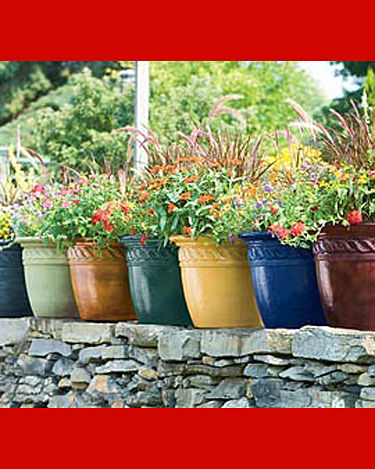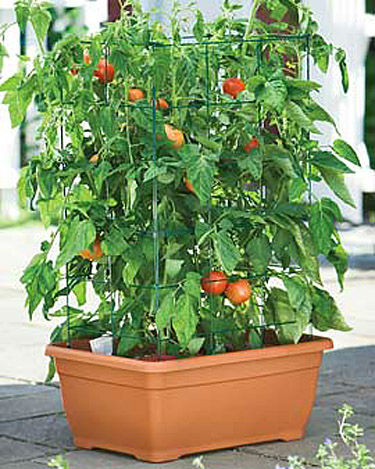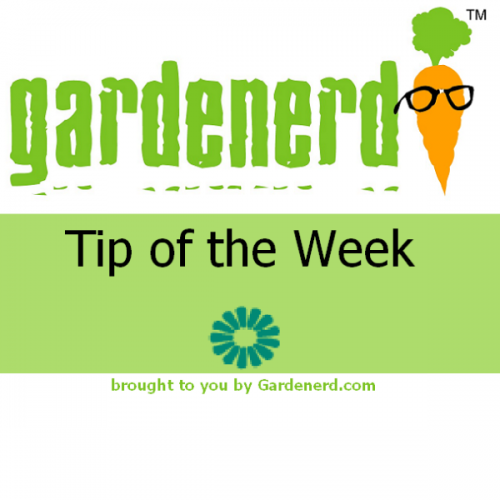A Florida gardenerd wrote in recently:
“I live in Orlando, Florida and I know that every place has its season to grow vegetables. I am interested in growing tomatoes and green peppers to start. Don’t know anything about it, and want to know how to grow them organically. Thank you for your help.”
You’re smack in the middle of the ever changing Zone 9 over there in Orlando. According to several sources, that area has been shifting between zone 10, 9a, and 9b for the last 50 years. Sandy soil, tropical heat and sudden frosts, right?
I did some research and found that your question had several suggestions posted on the iVillage Garden Web Forum, including suggestions about which tomato varieties have done well for someone in that area. The basic idea is that you will need to continually add compost and fertilizer to your soil, and use mulch to help prevent those nutrients from leaching out. Suggested varieties include:
Indeterminates (meaning these produce fruit over a period of time, rather than all at once like determinate plants)
Great White
Matt’s Wild cherry
Hillbilly
Black Plum
Polish Linguisa
Grandma Mary
Hybrids:
Veronica
Viva Italia
Big Beef
Sungold
Sweet Chelsea
Lemon Boy
For the full thread on the forum, visit: http://forums2.gardenweb.com/forums/load/organic/con020939012412.html
As far as peppers go, they have many of the same requirements as tomatoes. I would suggest (and so would the research I’ve seen) that you grow peppers (whether you grow green (bell) or hot peppers), eggplant and tomatoes in pots if your soil is really sandy. That way you can build your growing medium from scratch and control the moisture content more easily.
Here is a nice website that goes into detail about growing peppers: www.chilipeppermadness.com.
I know I refer to Gardener’s Supply a lot, but they have some great self-watering containers that might get you on your way if you’re a first-timer. Check them out:
Self-watering Planter

Self-watering containers

Tomato Success Kit

Finally, I would also recommend reading a previous post on the Gardenerd Blog that includes some great tomato advice: http://blog.gardenerd.com/2008/02/29/ive-got-the-tomato-blues.aspx
I hope that helps you this spring with your tomato and pepper adventure. Keep us posted on your successes and trials. Thanks for writing in!



Yes it’s true, there are nematodes in the soil that can harm or stunt the growth of tomatoes and some other veggies. The best way to know if you have nematodes is to look at the roots when
you pull out the plants. Usually this happens at the end of the season, so if you didn’t notice any on your plants last year, you might be okay.
You can prevent nematodes in a couple of ways. Nematode-infested plants will have galls (or
lumpy nodules) on the roots. This podcast will give you a few suggestions that should help you on your way.
https://www.gardenerd.com/Podcasts/Gardenerd_Tip_of_the_Week10-08-10.mp3
Hope this helps!
People have told us there are nematodes (I do not know the exact spelling) that live in the dirt here ins SW Fl. and will kill tomato’s and other veggies. Is this true? If so what can be done to get around this?
John and Judy
Cape Coral FL
Tomatoes are one of the easiest plants to grow.
Any amateur farmer can pick up tomato seeds discarded before cooking, and thumb them in fertile ground. After time and some watering, the plants eventually give off fruit.
As far as peppers go, they have many of the same requirements as tomatoes. I would suggest (and so would the research I’ve seen) that you grow peppers (whether you grow green (bell) or hot peppers), eggplant and tomatoes in pots if your soil is really sandy. That way you can build your growing medium from scratch and control the moisture content more easily.
I purchased the “upside down” growing unit last year at Home Depot and had great results here in the Orlando area. The upside down style of growing produced the quickes results for us, with the least amount of problems from pests (tons of ants here). I was very satisfied with the results. I used a good potting soil and osmecote fertilizer and watered every other day.
Thanks for all of your great info! This was a very informative blog post and I appreciate you coming up with such detailed steps for growing tomatoes. Quick question for anyone who might know: Have you ever tried growing tomatoes upside down? I’ve seen the commercials and I am intrigued. Please let me know what you think of that method if you have given it a try!